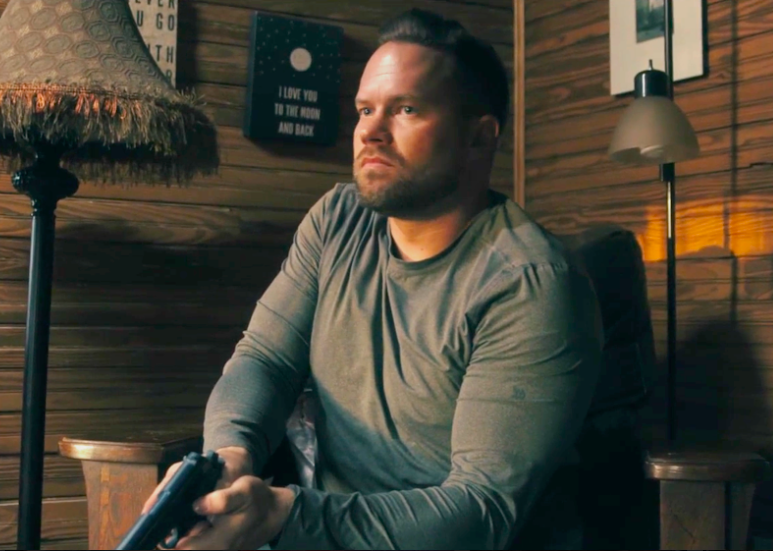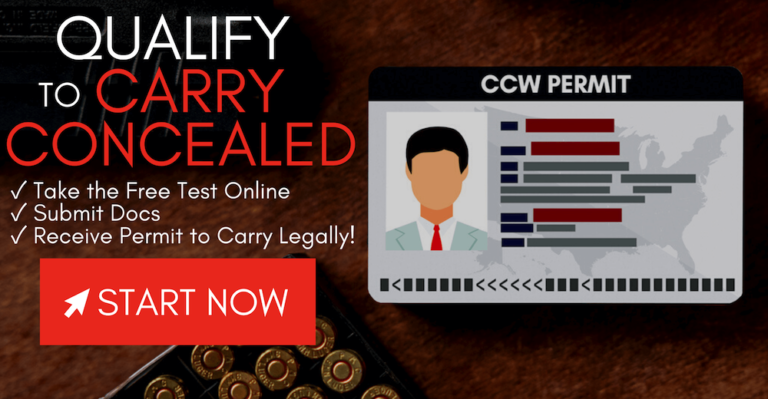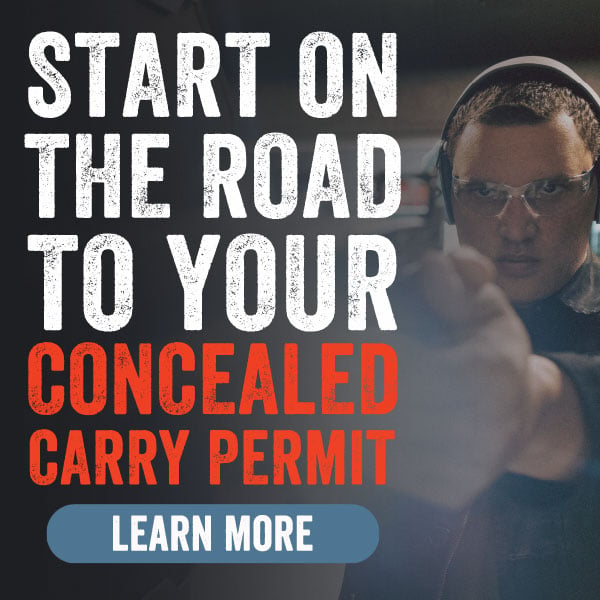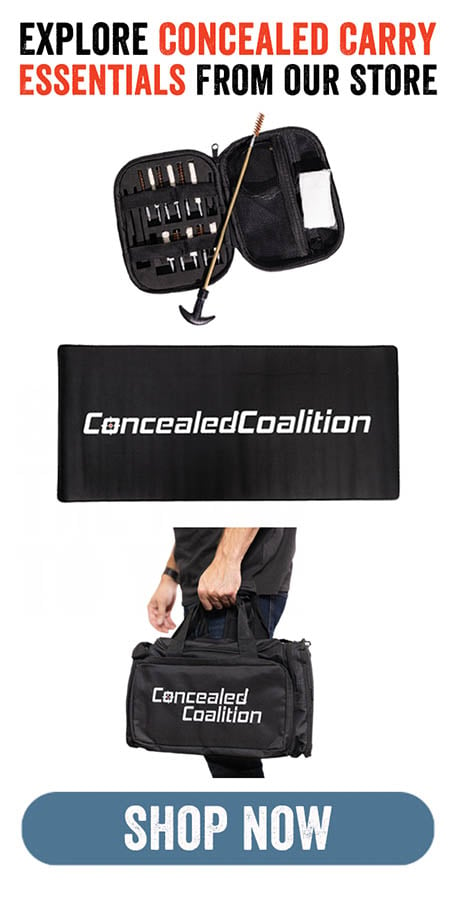To develop a family safety plan for home defense, you need to assess your home’s vulnerabilities, define safe zones, establish clear communication signals, train every family member, and practice realistic scenarios regularly.
This ensures your loved ones know exactly what to do, where to go, and how to stay safe in an emergency — whether that threat comes from a break-in, fire, or other danger.
At Concealed Coalition, we believe that preparation is the key to survival. A strong plan doesn’t just protect your home, it protects the people who matter most. In this guide, we’ll walk you step-by-step through building a reliable family safety plan, backed by professional training resources and expert insights.
The Importance of a Family Safety Plan
Many families believe they’ll “figure it out” in the heat of the moment. The truth? Stress and panic can overwhelm even the calmest individuals, making it difficult to act decisively. A well-thought-out family safety plan removes uncertainty by providing a clear, practiced strategy for handling emergencies.
Why You Need a Safety Plan:
- Quicker Response Times: Act swiftly during a break-in or threat.
- Minimized Panic: Reduce stress and confusion when it matters most.
- Seamless Coordination: Ensure every family member knows their role.
- Enhanced Awareness: Be better equipped legally and tactically to protect your home.
A family safety plan isn’t just a precaution—it’s peace of mind when you need it most.
Step 1: Assess Your Home’s Vulnerabilities
Before you create any plan, you need to understand where your home is most at risk.
Checklist for your home security assessment:
- Doors: Are all entry points solid core or reinforced?
- Windows: Are they secured with locks or secondary devices?
- Lighting: Is the perimeter well-lit to deter intruders?
- Surveillance: Do you have cameras or motion detectors?
- Escape routes: Are there clear, accessible exits in each room?
This is where The Protector’s Playbook by Austin Davis can guide you through a thorough self-audit. It’s a cornerstone resource for identifying weaknesses you may have overlooked.
Step 2: Define Safe Zones and Escape Routes
Safe zones are predetermined areas in your home where family members can gather during a threat. Ideally, these should:
- Have a lockable door
- Be away from exterior windows and doors
- Provide some form of concealment or cover
- Allow communication with authorities (via landline or cell phone)
Tip: Assign at least two escape routes from each room. In situations like fire or a blocked hallway, having multiple options is critical.
Step 3: Establish Clear Communication Signals
In high-stress situations, shouting instructions can lead to confusion or unintentionally alert an intruder. A more effective approach is to use prearranged signals that ensure clear communication while maintaining discretion.
These signals can include code words—short, simple phrases that indicate an emergency without alarming the threat—or non-verbal cues, such as flicking lights or tapping patterns to convey urgency silently.
Technology can also play a critical role by integrating emergency apps or smart home alerts for quick and efficient communication. Signals should be straightforward enough for children to understand yet specific to prevent misuse.
Step 4: Assign Roles and Responsibilities
Every household member should have a role. Examples:
- Primary caller: Dials 911 immediately
- Protector: If trained and legally permitted, takes a defensive position
- Child helper: Assists younger siblings or elderly members to safe zones
- Pet handler: Ensures animals are secured or guided to safety
This division of duties prevents duplication of effort and keeps the response organized.
Step 5: Integrate Legal and Tactical Training
A comprehensive home defense plan requires a clear understanding of your state’s laws regarding self-defense and firearm use.
Concealed Coalition provides state-specific concealed carry training, offering in-depth knowledge of local laws and use-of-force guidelines. This training ensures that individuals are well-prepared to make informed and legally compliant decisions in critical situations.
In addition, Concealed Coalition University offers exclusive monthly video training focused on home and family defense strategies. Expert-led drills further enhance practical readiness, equipping participants with the skills and confidence to protect themselves and their loved ones effectively.
Step 6: Practice, Evaluate, and Refine
A plan is only as effective as its execution. To ensure your preparedness, regular practice is essential.
Tips for effective drills:
- Conduct quarterly scenarios, varying the time of day and type of threat to cover diverse possibilities.
- Introduce unexpected challenges, such as blocked exits or simulated power outages, to test adaptability.
- After each drill, review performance thoroughly and update the plan to address any weaknesses.
Step 7: Equip Yourself with the Right Defensive Tools
Defense isn’t just about firearms—it’s about having the right tools and strategies in place. Consider incorporating:
- Pepper spray or other non-lethal options for personal protection.
- Tactical flashlights to enhance visibility and disorient potential threats.
- Secure, quick-access safes for firearm storage, ensuring safety for trained users.
- Personal alarms or noise devices to deter intruders and attract attention.
By practicing regularly and equipping yourself with versatile resources, you can create a defense plan that is both comprehensive and adaptable.
Professional Insight: The Transformative Power of Training
This video showcases real-life home defense scenarios, highlighting how a well-rehearsed plan can be life-saving. Watching it as a family is a great way to emphasize the importance of preparation and teamwork.
In this clip, experts delve into tactical positioning, decision-making under pressure, and the critical role of communication in ensuring safety. Insightful and practical, it’s a must-watch for anyone prioritizing preparedness.
Concealed Coalition Resources to Strengthen Your Plan
Concealed Coalition offers comprehensive resources to enhance your knowledge and skills in personal and home defense.
With state-specific concealed carry training, you’ll gain a clear understanding of firearm laws, situational awareness, and tactical techniques critical for effective home protection. These courses are tailored to ensure you stay informed and prepared.
For ongoing education, Concealed Coalition University provides a monthly membership featuring expert-led video courses on topics like home safety and defensive shooting.
Additionally, “The Protector’s Playbook,” authored by industry expert Austin Davis, offers a detailed guide for safeguarding your home and family.
Common Mistakes to Avoid in Concealed Carry and Personal Protection
When it comes to concealed carry and personal protection, there are several pitfalls that can compromise your safety and preparedness. Here are key mistakes to watch out for:
- Skipping Practice: A plan that hasn’t been rehearsed is unlikely to hold up under pressure. Regular training is essential to ensure you can execute your plan effectively.
- Relying Solely on Firearms: A solid defense strategy goes beyond firearms. Incorporate multiple tools and layers of protection for a more comprehensive approach.
- Neglecting Legal Awareness: Even when your actions are justified, legal consequences can arise if you’re not informed. Understand the laws surrounding self-defense to protect yourself beyond the immediate threat.
- Excluding Family Members: Personal protection isn’t just an individual responsibility. Ensure every member of your household knows their role in your safety plan.
- Lacking Situational Awareness: Staying alert to your surroundings can prevent unnecessary risks. Develop the habit of identifying exits, potential threats, and safe zones wherever you go.
- Believing “It Won’t Happen to Me”: One of the most dangerous assumptions is thinking emergencies are unlikely. True preparedness comes from recognizing risks and taking proactive measures to address them.
- Failing to Update Your Plan: Life evolves, and so do the risks you face. Regularly review and adapt your safety strategy to account for changes in circumstances, tools, or family dynamics.
By avoiding these mistakes, you can build a robust, practical approach to personal protection that keeps you and your loved ones safer in any situation.
Common Questions Answered
1. How often should we practice our home defense plan?
At least once every three months, rotating scenarios to keep responses sharp.
2. Should my children know where firearms are stored?
Only if they are trained and mature enough; otherwise, keep firearms locked and inaccessible to minors.
3. What’s the best non-lethal defense tool for home use?
Pepper spray and high-lumen tactical flashlights are effective, easy-to-use options.
4. Can I legally defend myself with a firearm in my home?
Laws vary by state. Concealed Coalition’s state-specific training ensures you understand your rights.
5. How do I make my safe zone truly secure?
Reinforce the door, remove breakable glass nearby, and equip it with communication tools.
6. Is it better to escape or defend?
Your plan should prioritize escape if possible. Defense is the last resort.
7. Do pets need to be part of the plan?
Yes. Assign someone to ensure they’re secured during an emergency.
8. How can Concealed Coalition help me beyond this article?
Through training, resources, and expert coaching that turn your plan into action.
Final Thoughts
Building a family safety plan for home defense isn’t about fear — it’s about confidence. When everyone in your household knows their role, where to go, and how to communicate in an emergency, panic turns into purposeful action.
A good plan combines clear strategy, practical training, and regular practice, along with an understanding of your state’s laws and the tools you can legally use for defense.
At Concealed Coalition, we’re here to help with state-specific concealed carry training, on-demand video lessons through Concealed Coalition University, and The Protector’s Playbook to master every aspect of home defense.
Don’t wait for a crisis to find flaws in your plan. Start building and practicing your strategy now to keep your family prepared, protected, and confident.




